 Shutterstock
Shutterstock
Dogs may be known for their barking, whining, and howling, but they have a secret language that doesn’t require a single sound. From subtle body movements to complex facial expressions, dogs constantly communicate with humans and other animals in ways we often overlook. Whether they use their eyes, tail, or entire body to express emotions, their silent signals speak volumes. Understanding these unspoken messages can strengthen your bond with your furry friend and help you respond to their needs more effectively.
The Intense Stare of Love (or Judgment)
 Shutterstock
Shutterstock
Dogs use their eyes to say more than you might think, and their gaze can range from pure adoration to deep disapproval. A slow, soft stare usually means affection—your dog looks at you with love, much like a human would at a trusted friend. On the other hand, a hard, unblinking stare is often a sign of dominance or discomfort, especially if it’s directed at another dog. Some dogs even have a way of staring at you with just enough intensity to make you question your life choices, particularly if food is involved.
The Tail That Talks
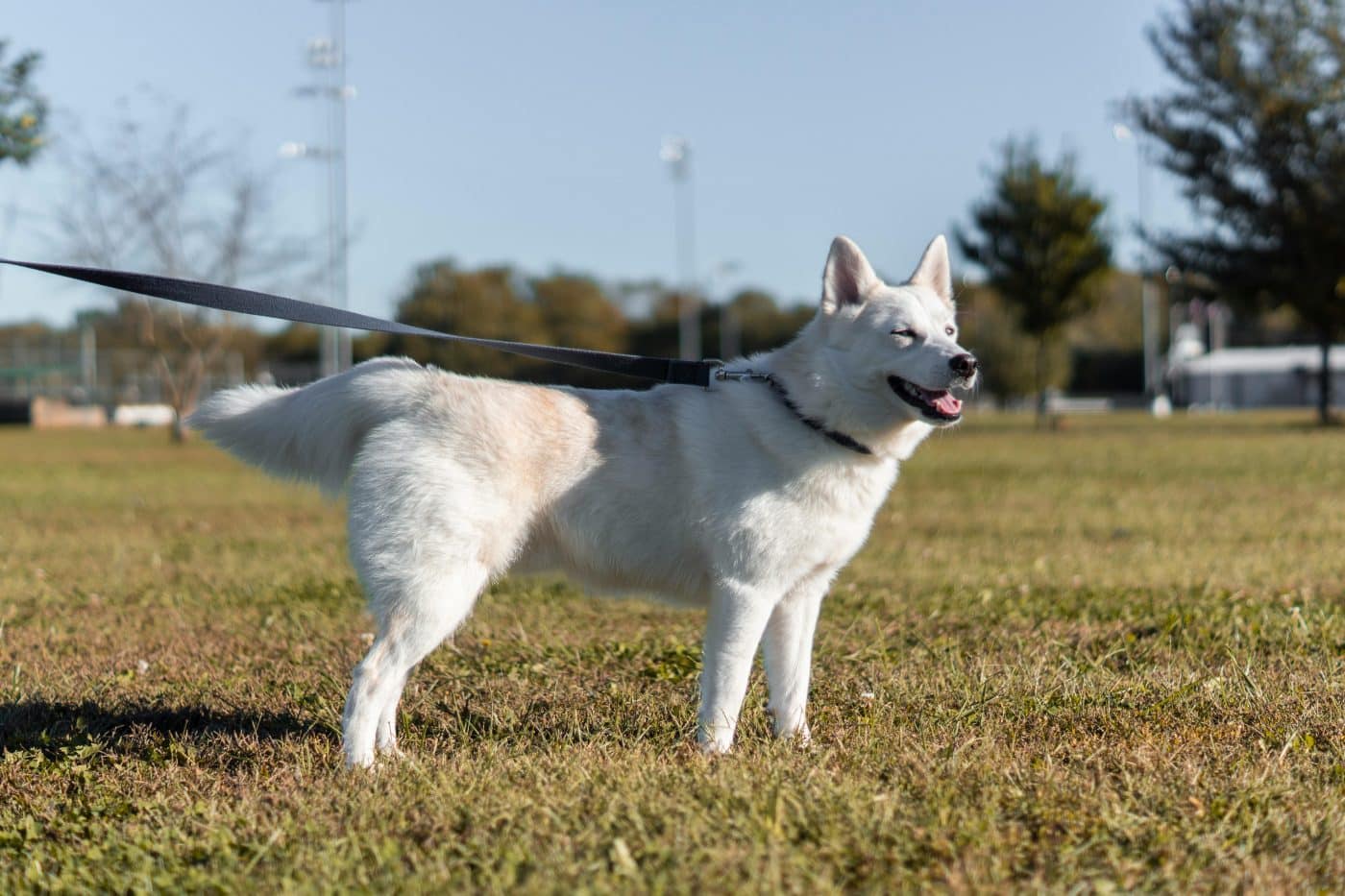 Shutterstock
Shutterstock
A wagging tail doesn’t always mean a happy dog—dogs have a whole tail language that reveals their emotions. A high, stiff wag can indicate excitement or alertness, while a low, slow wag often means nervousness or uncertainty. A tail tucked between the legs is a clear sign of fear, while a loose, relaxed wag usually means they feel friendly and at ease. Some dogs have perfected the art of the “guilt wag,” a slow, hesitant movement that says, “Yes, I ate your sandwich, and I feel kind of bad about it.”
The Ear Position Decoder
 Shutterstock
Shutterstock
Dog ears are like little satellite dishes, constantly adjusting to pick up signals and express emotions. When their ears are perked up and facing forward, they’re alert and focused on something interesting (like a squirrel plotting world domination). Ears that are slightly back and relaxed usually indicate contentment, while ears pinned flat against the head signal fear, submission, or discomfort. Some dogs even have a dramatic ear flop when they’re feeling particularly unimpressed, as if to say, “I heard you, I just don’t care.”
The Full-Body Wiggle
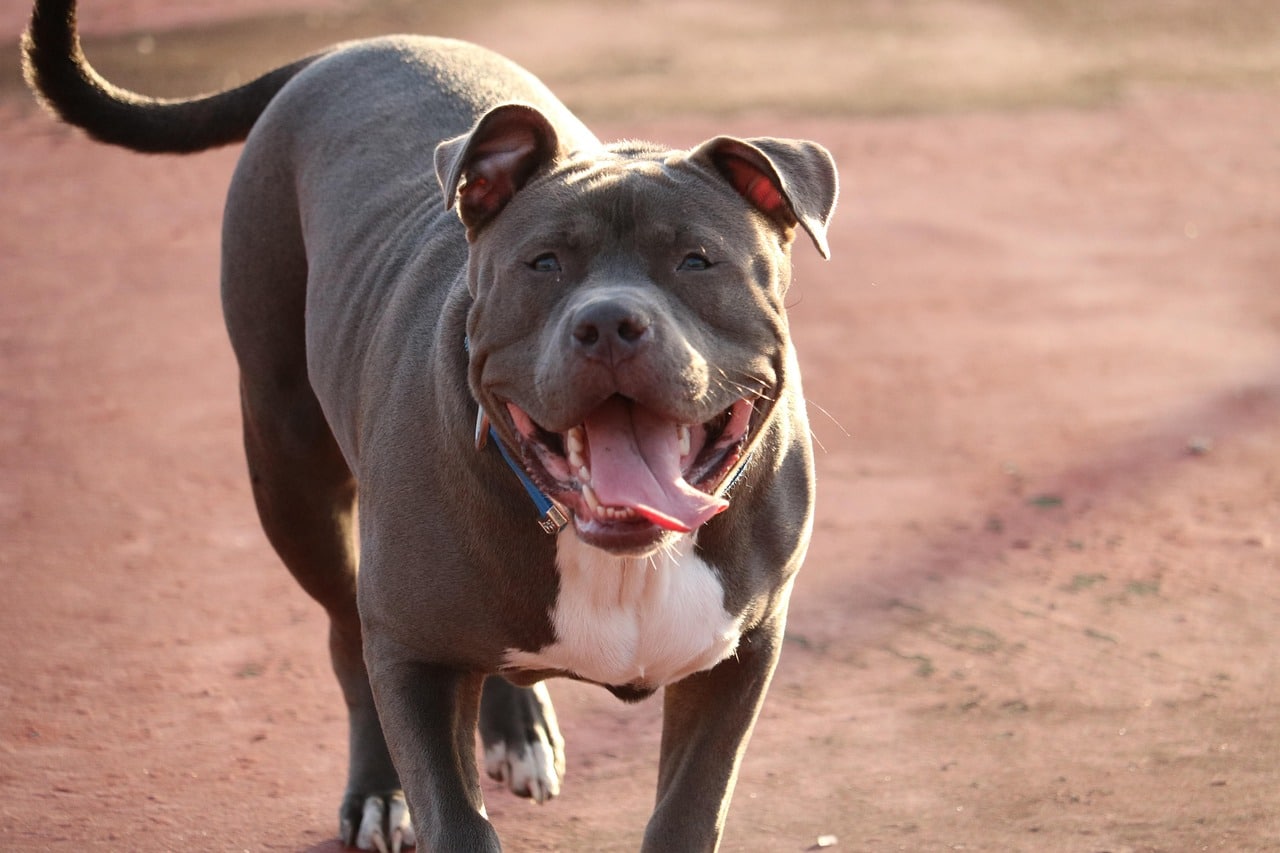 Shutterstock
Shutterstock
Some dogs don’t just wag their tails—they throw their entire bodies into it. A full-body wiggle, often accompanied by a wiggly butt, is a sign of extreme happiness and excitement. This is especially common in breeds like Boxers and Pit Bulls, who seem to believe that standing still while happy is not an option. If your dog greets you with a full-body wag, it’s their way of saying, “I missed you so much I can’t physically contain my joy!”
The Dramatic Sigh of Canine Disappointment
 Shutterstock
Shutterstock
Dogs have perfected the art of the disappointed sigh, often releasing a deep, exaggerated exhale when things don’t go their way. Whether it’s because their human refused to share a snack or they were expecting a walk but got belly rubs instead, this sigh is a universal sign of canine discontent. While it may seem like they’re just being dramatic, sighing is also a way for dogs to relax and release tension. So, when your dog flops down and lets out a heavy sigh, they might be expressing mild frustration—or just settling in for a nap.
The Strategic Paw Placement
 Shutterstock
Shutterstock
Dogs don’t need words to tell you they want attention—sometimes, it takes a well-placed paw. Whether they gently rest their paw on your arm or full-on smack you in the face, this move is often a request for pets, playtime, or food. Some dogs use their paws more strategically, like tapping their empty food bowl or nudging your hand to remind you that belly rubs are not optional. If your dog places a paw on you and gives you “the look,” you’re officially under their control.
The Play Bow Invitation
 Shutterstock
Shutterstock
A play bow—where a dog lowers their front end while keeping their rear end in the air—is a clear sign that they’re in the mood for fun. This universal dog language means “Let’s play!” and is often accompanied by tail wags and excited jumps. Play bows are not just reserved for other dogs; many dogs do this with their humans as an invitation to engage in a game of chase or tug-of-war. If your dog suddenly flops into a play bow and starts bouncing around, congratulations—you’ve been recruited for playtime.
The Side-Eye of Suspicion
 Shutterstock
Shutterstock
Dog side-eye, often called “whale eye,” is when a dog turns its head slightly away but keeps its eyes locked on something—or someone—they don’t fully trust. This look is often seen when a dog feels uncomfortable, unsure, or mildly annoyed. You’ll often catch them giving side-eye when you pick up the nail clippers or mention the word “bath.” If your dog gives you this skeptical glance, they are silently plotting their escape from whatever nonsense you’re about to pull.
The Sneaky Lip Lick
 Shutterstock
Shutterstock
Dogs lick their lips for more than cleaning up after a tasty snack—it’s also a subtle way to communicate stress or discomfort. If your dog suddenly starts licking their lips while there’s no food around, they might be feeling uneasy about a situation. This is especially common at the vet, during training sessions, or when faced with something confusing. Some dogs also use lip licking to appease humans or other dogs, as if to say, “Hey, I mean no harm; let’s keep things cool.”
The Secret Dog Language That Puts Humans to Shame
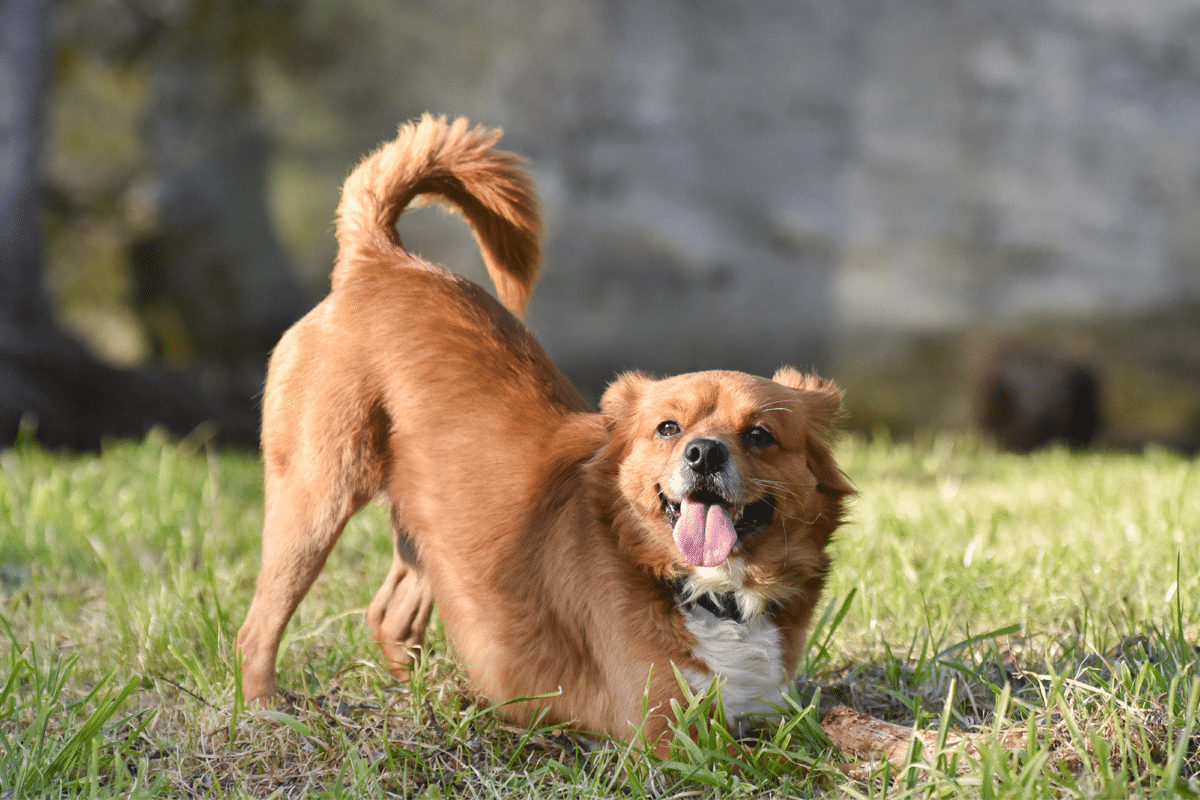 Shutterstock
Shutterstock
Dogs may not speak our language, but their silent signals are just as expressive—if not more so. From dramatic sighs to perfectly timed side-eyes, they have mastered nonverbal communication. Their body language, facial expressions, and quirky behaviors reveal their feelings, even without a sound. Understanding these cues helps us connect with them deeper and appreciate their unique personalities. So, the next time your dog sighs, play bows, or places a strategic paw on you, know that they’re sending a message, and it’s probably hilarious!

 4 weeks ago
15
4 weeks ago
15


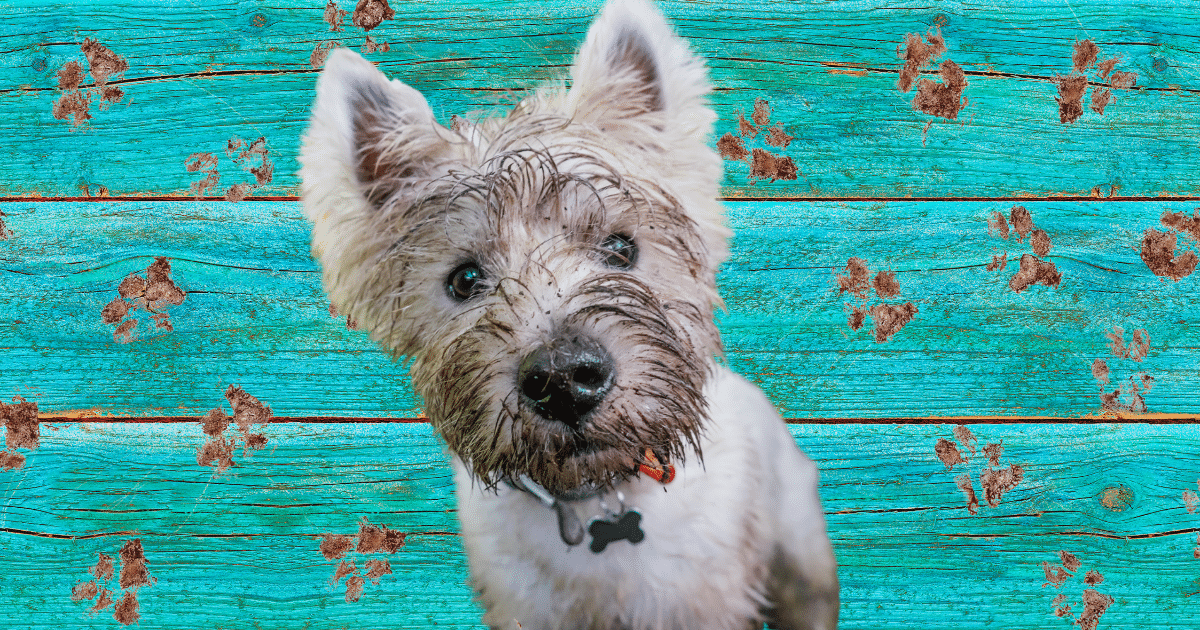

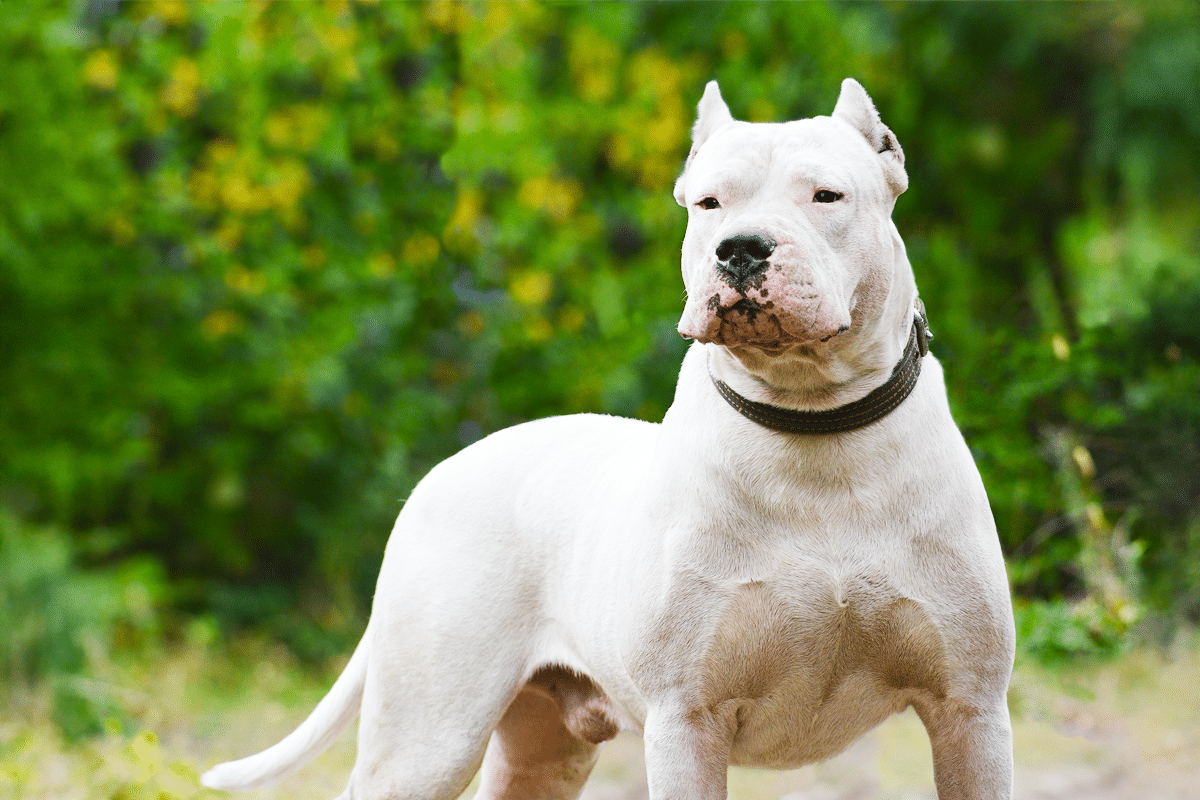
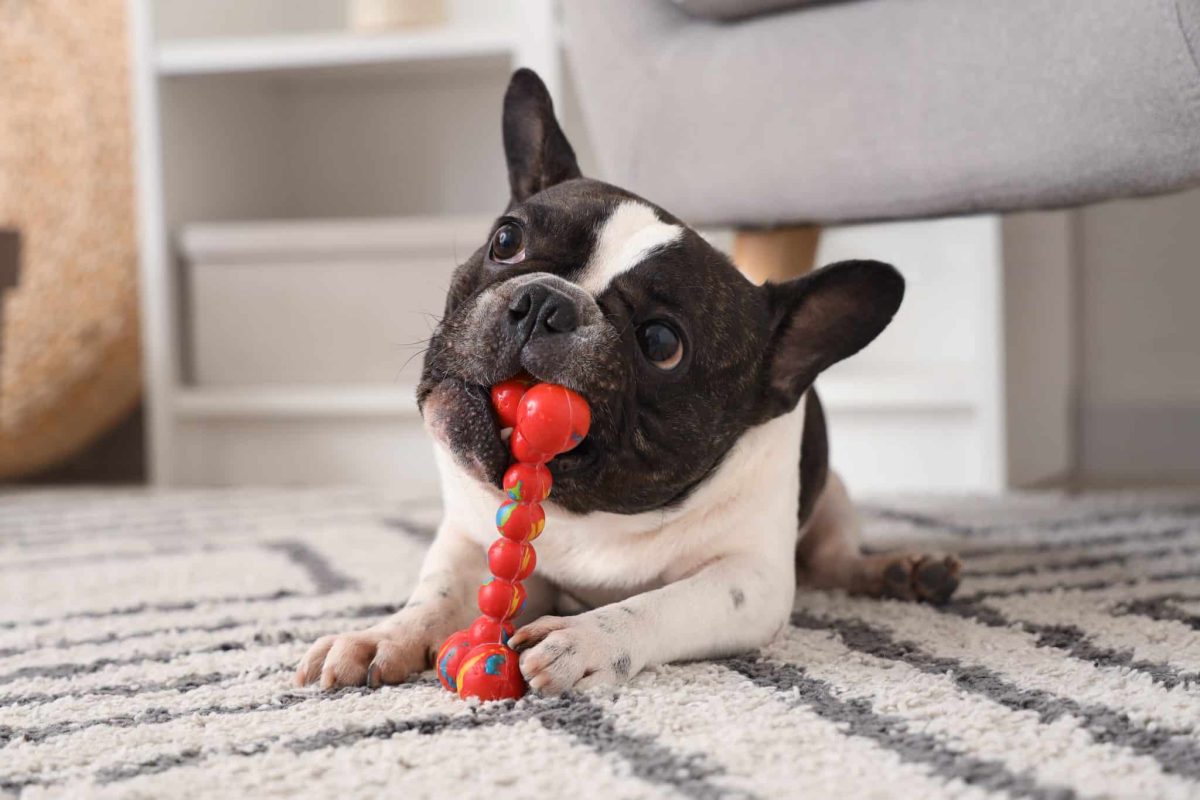


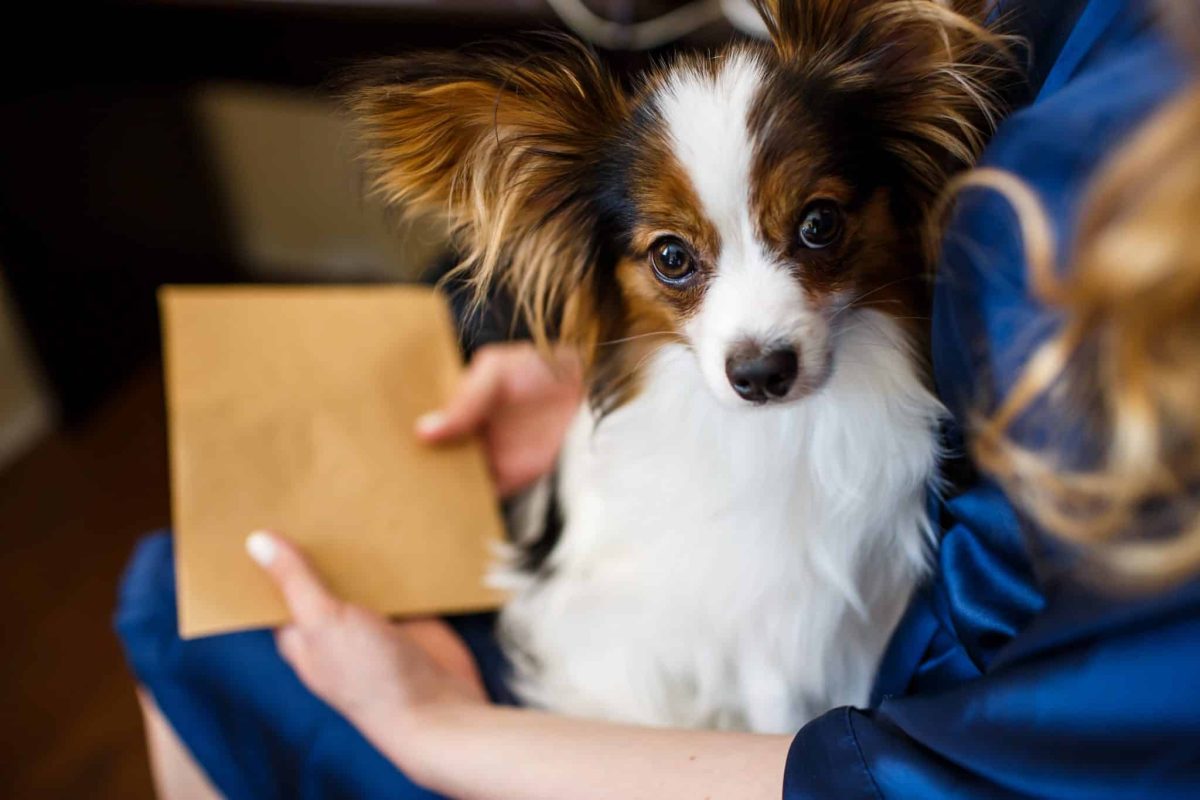









 English (US) ·
English (US) ·